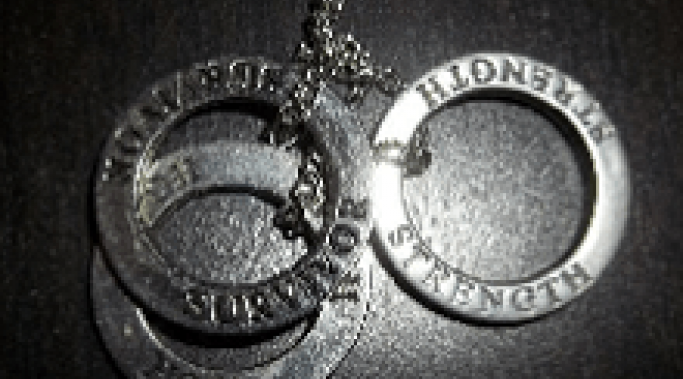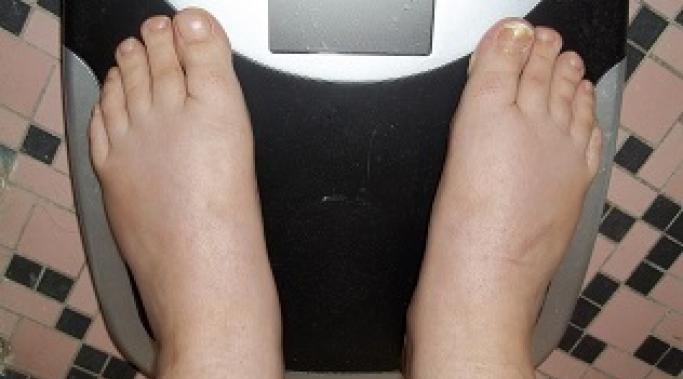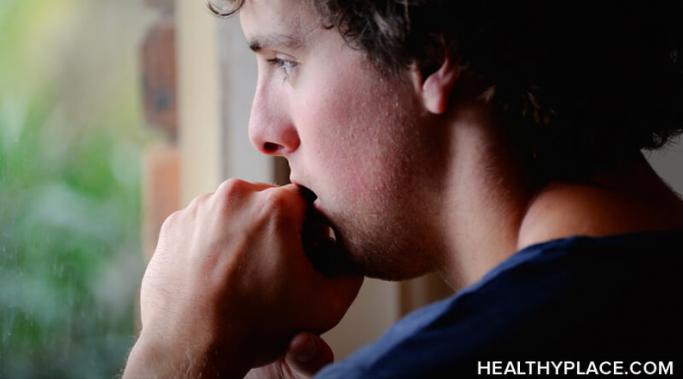As part of my schizoaffective disorder, I sometimes suffer from suicidal ideation, which is different from being suicidal. Basically, it means I think about killing myself, but I’ve never made an actual attempt. Still, it’s scary, because 10% of people with schizophrenia and 10% of people with schizoaffective disorder die of suicide. Suicidal ideation in schizoaffective disorder, schizophrenia is so scary that one time I decided I had to go to the hospital.
Schizoaffective Disorder
As a person with schizoaffective disorder, I am very sensitive to schizophrenia, schizoaffective disorder stigma. Stigma marginalizing people with mental illness is everywhere, and no one seems to have much of a problem with it except for the mental health community. And stigma is especially rampant against people with diseases like schizophrenia and schizoaffective disorder.
I have schizoaffective disorder, bipolar type. It’s very common for anxiety to accompany bipolar disorder. So that means I have to deal with all the stress, obsessive worries, and other pitfalls of anxiety while dealing with my schizoaffective disorder (and many are in this same situation with schizophrenia). Let me give you a breakdown on what it's like living with schizoaffective disorder and anxiety.
Before I started taking antipsychotics, I was always really skinny -- I had never weighed more than 105 pounds in my 19 years of life. It was part of my identity. So was being eccentric -- a lot of my identity revolved around being what would now be called the manic pixie dream girl. In case you haven't heard of this particular dream girl, think of Zooey Deschanel or Kate Hudson in "Almost Famous." Pretty and petite, yet whimsical and quirky. But now I deal with schizoaffective disorder and weight gain.
I have been diagnosed with schizoaffective disorder. But that wasn’t always the case. I was originally diagnosed with schizophrenia. So what does it mean to have schizoaffective disorder versus schizophrenia? For me, it’s meant a long learning curve that was frightening, confusing and reeling in meds changes. My doctor now focuses on symptoms rather than a hard and fast diagnosis. Still, some understanding the differences between schizophrenia and schizoaffective disorder is helpful to me and my family.
I have schizoaffective disorder and I hear voices. The first time I heard them 16 years ago, I thought they were faeries. Sometimes I still think that. Faeries are troublemakers. So are my voices.
Within the psychotic mind lies a mysterious place filled with voices and shadowy figures. Therein lies persecution and horror of otherworldly origin. What is it that brings this terror to us? Schizophrenia is a disease that is toxic to our minds, and brings on unusual beliefs and behaviors. An extension of these beliefs are dark, eerie voices from unseen places. These voices come from various origins and seem to have a conscious of their own. How is it that our minds can hear voices from nothingness? Is this a cruel trick of nature? How can a disease be so bizarre and menacing? The voices can unfold in different ways. For me, the beliefs and voices are one and the same. They mesh together to create a woven pattern of unreality, both tortuous and unseen.
Though this blog has focused primarily on my issues with reality, depression lives behind my schizoaffective disorder. I currently struggle with depression the most. Even on antidepressants, I still suffer from severe bouts of depression which disrupt my social life and work.







